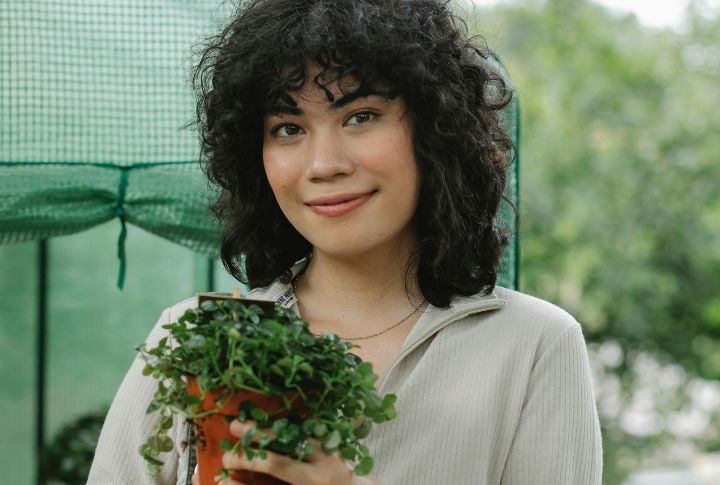
You’ve seen those Instagram posts of perfect seed-starting setups with rows of tiny sprouts under professional grow lights. They look beautiful, but are they actually practical for your life? If you’re juggling work, family, and a dozen other responsibilities, adding “germination manager” to your resume might not be realistic. Great gardening isn’t about following someone else’s rules; it’s about figuring out what actually works for you. Let’s explore why seedlings might be your smarter move.
Short Growing Season
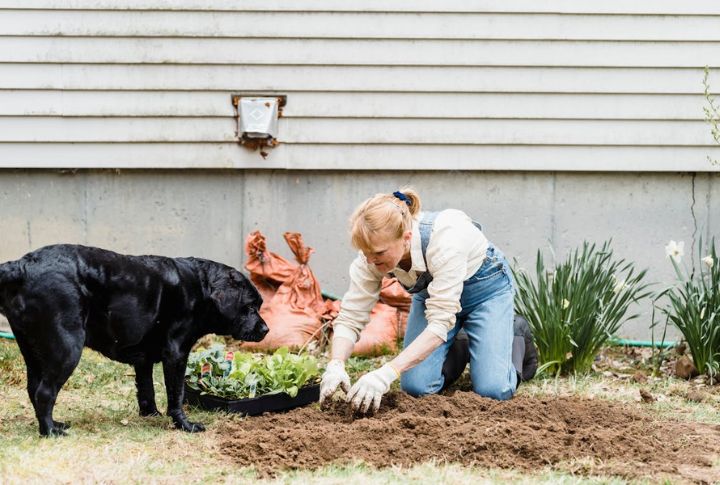
Gardeners facing a short growing season simply can’t afford to wait for seeds to sprout. By choosing to plant seedlings, you put an already-established plant in the ground right now. Skipping germination gives your garden a head start and helps plants settle in faster to produce sooner.
Unpredictable Spring Frosts

Spring frosts can strike without warning, making timing everything. Starting with sturdy seedlings gives you control—protecting young plants indoors during cold snaps and transplanting only when conditions are reliably warm. This approach shields your garden’s most vulnerable stage and ensures a smoother, safer transition into the growing season.
Limited Indoor Space For Germination
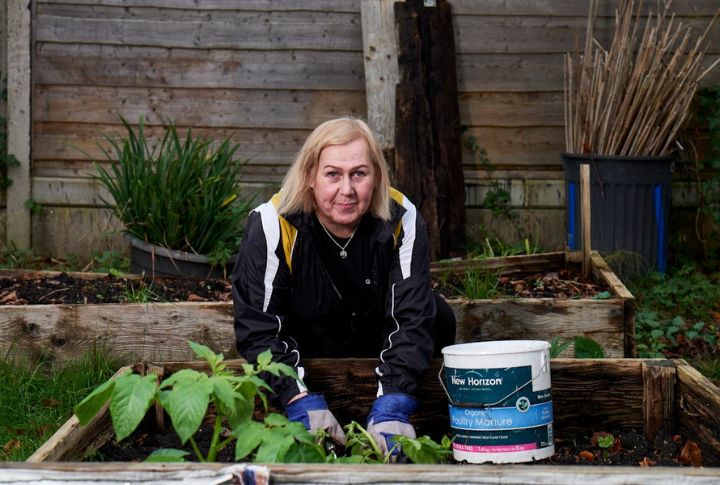
Traditional seed starting needs room for trays, lights, and equipment—luxuries many gardeners don’t have. Buying seedlings solves this problem completely. You skip the indoor setup and go straight to planting in your garden bed. It’s an ideal approach when space is tight or nonexistent.
High Failure Rate With Certain Seeds
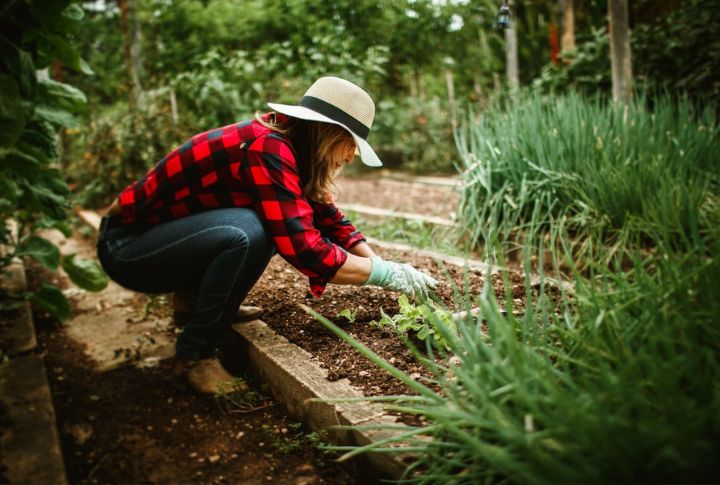
The path from seed to sprout can be full of challenges, especially with crops that germinate slowly, such as peppers and eggplants. Selecting seedlings from a nursery simplifies the process. These young plants have already weathered the vulnerable first phase and give you a far higher chance of success.
Immediate Garden Impact For Landscaping
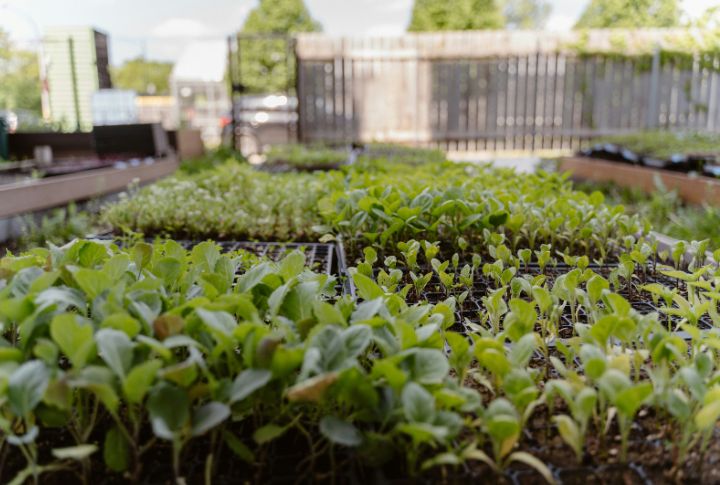
When your garden needs to look instantly amazing, perhaps for an upcoming outdoor event, waiting weeks for seeds to germinate is impossible. With seedlings, however, empty ground turns into vibrant, structured rows before the day ends.
Time-Sensitive Crop Rotation
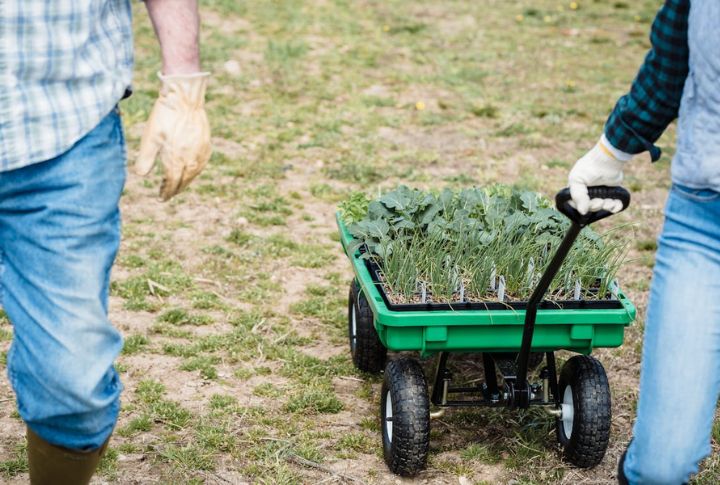
When you’re rotating crops for continuous harvests, timing matters. Using seedlings cuts out six to eight weeks of waiting compared to starting from seed. This lets you squeeze in more plantings throughout the season, makes better use of your garden space, and ultimately gives you more produce to harvest.
Soil-Borne Disease Avoidance
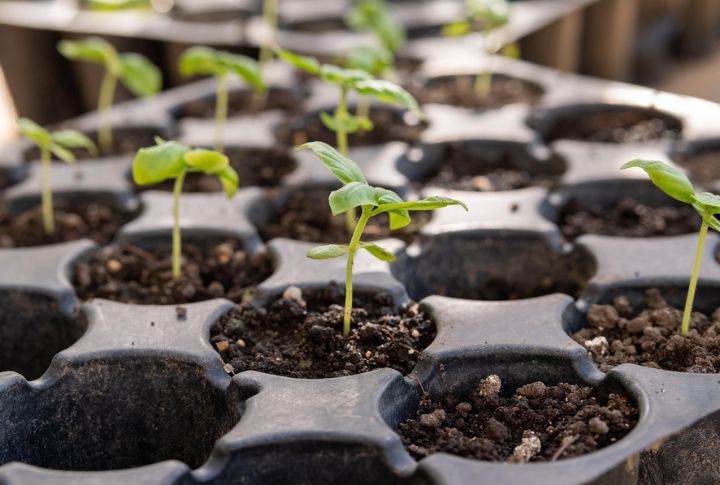
A thriving garden starts with healthy, resilient plants. Seedlings grown in nurseries benefit from sterile, regulated conditions. Once planted, they are already equipped to handle soil-borne pathogens, giving you a clear advantage over seeds sown directly into native soil.
Need For Uniform Growth
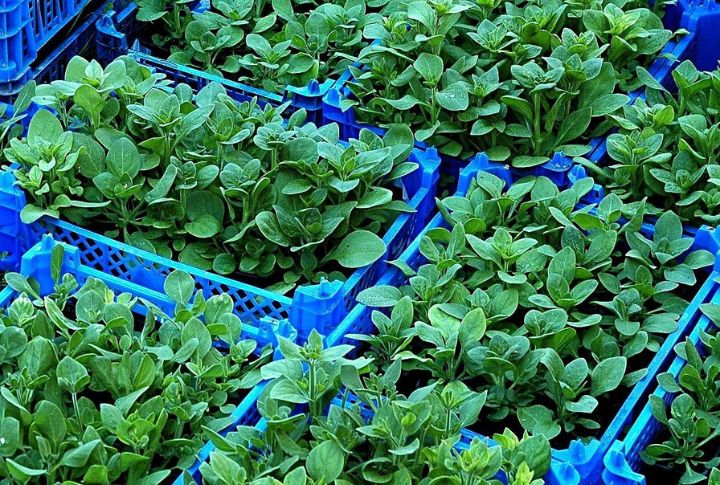
Amateur seed-starting often results in plants emerging at uneven times and sizes. Professional landscapers achieve a consistently polished look by relying on nursery seedlings. They guarantee predictable development and spacing, leading to an even, clean, and impressive appearance across all your garden beds.
Busy Schedules Or Late Starts
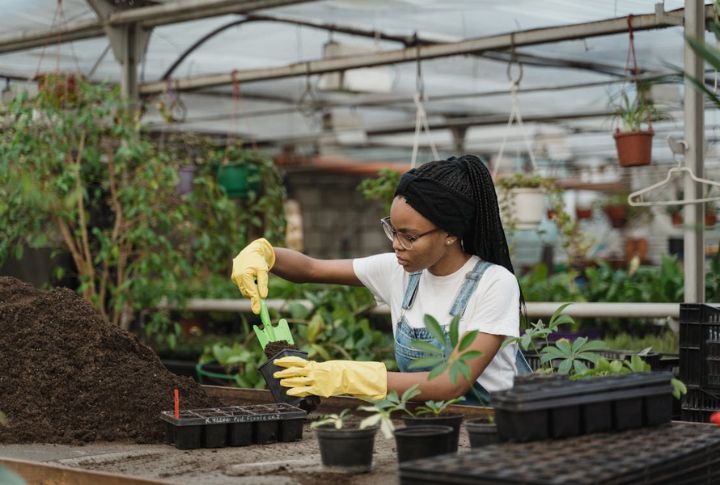
Gardening should fit into your life, not control it. Seedlings are liberating because they remove the need for constant, meticulous care required by germinating seeds. Even with a busy schedule or a late start, you can still establish a healthy and thriving garden in one focused planting session.
Restricted Access To Specialty Seeds
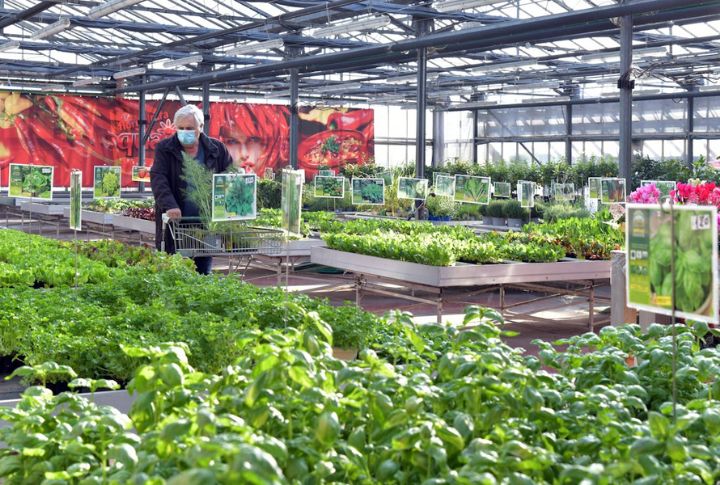
When you struggle to find those truly unique or specialty seeds you desire, look toward your local nursery’s stock. Though their selection is curated, they often offer immediate access to unusual varieties as seedlings. This elegantly side-steps the difficult process of sourcing rare seeds through specialized suppliers.

